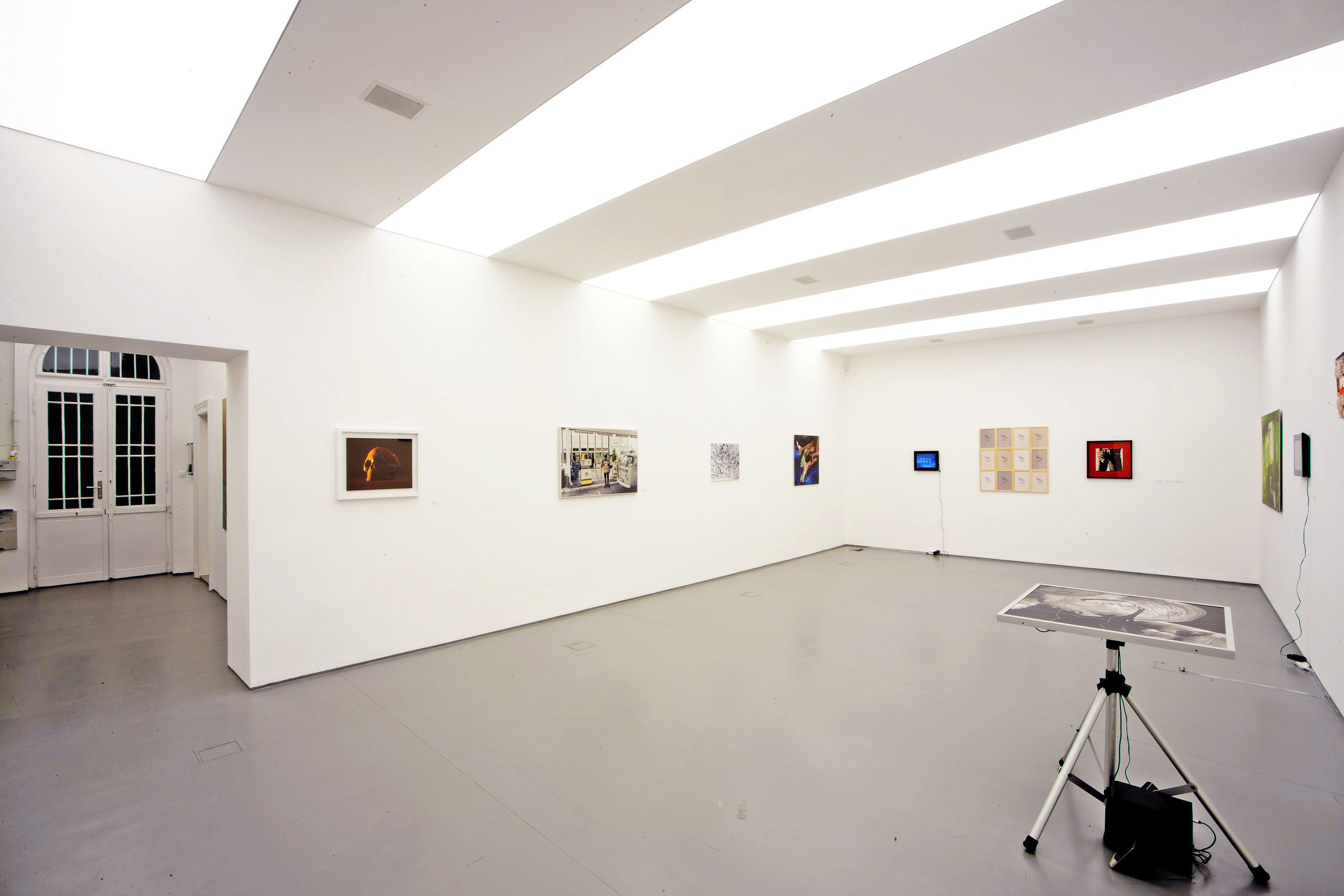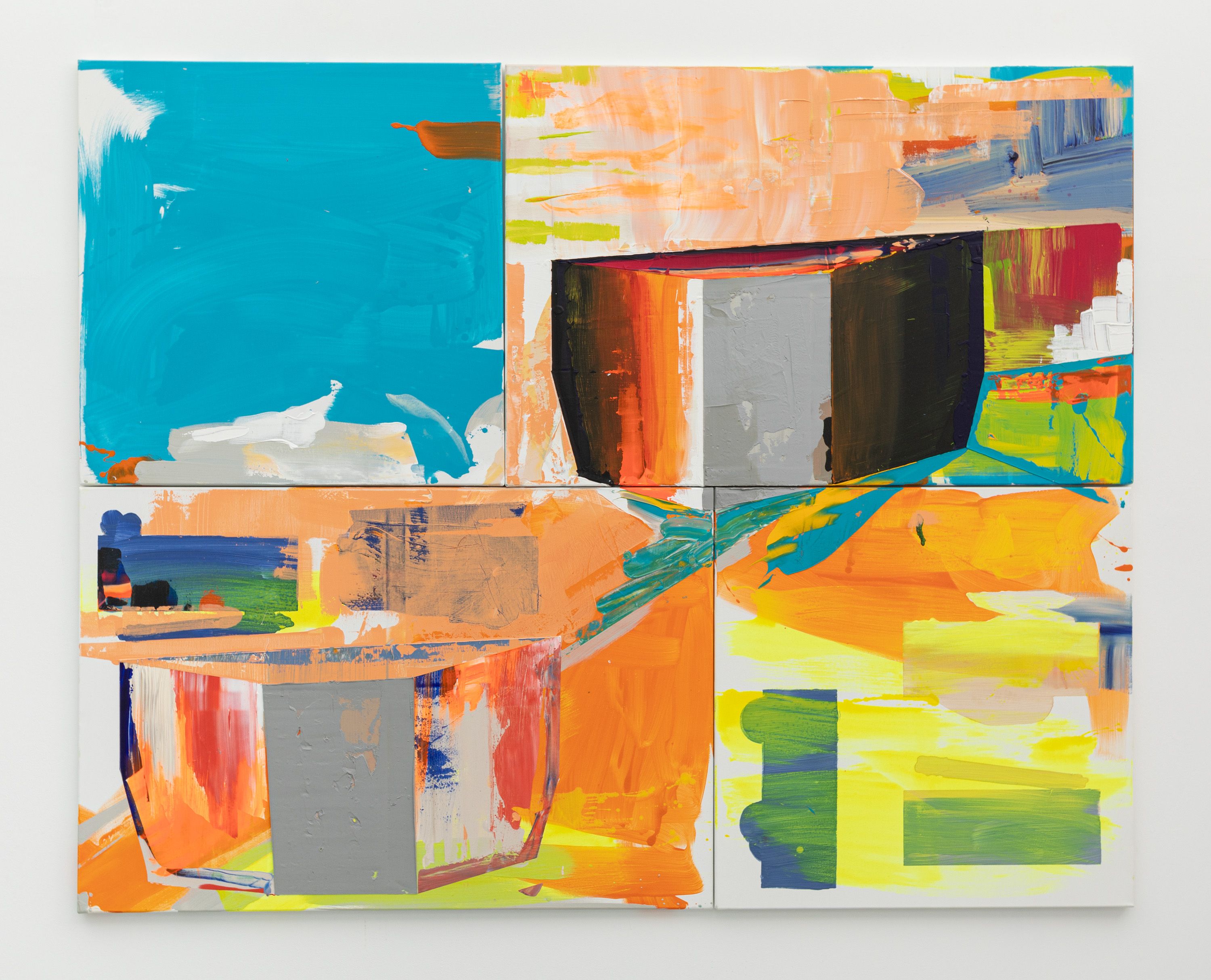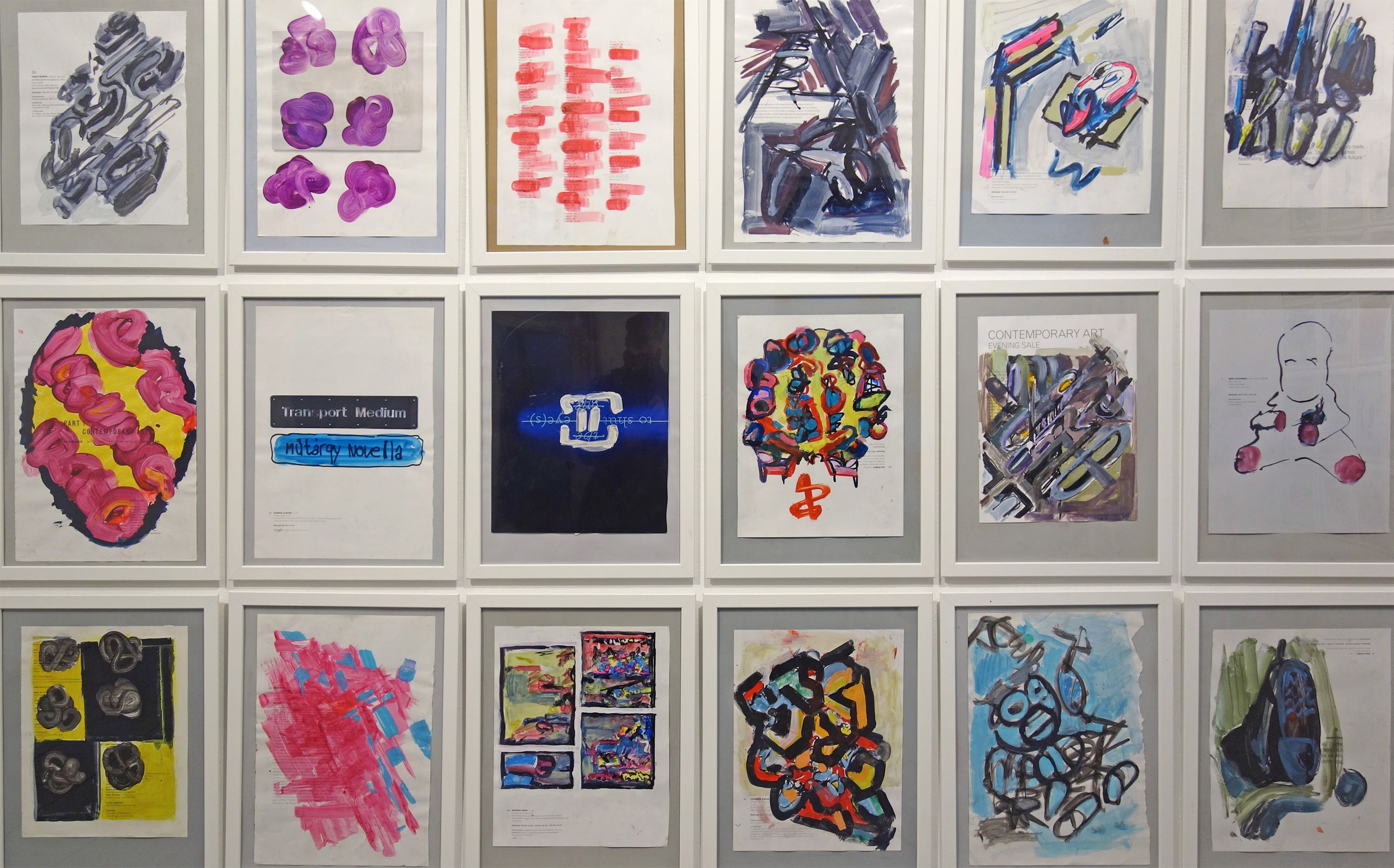Analogue
| Venue: | acb Gallery |
| Date: | Jan 17 – Feb 20, 2014 |
Description
Tamás Komoróczky, Hajnal Németh, András Ravasz, Dezső Szabó, Péter Szarka, András Szigeti, Csaba Uglár
Since the spread of digital technology, a number of artist generations have expressed their reaction to the newly appearing technologies – and their effects on visual culture – in their art practice. The ‘90s saw the emergence of an artist generation in Hungary that was open to experimenting with new methods of image-making. These artists – in response to the painting-dominated art of the preceding decade – positioned themselves through the varied use of media, and, within that, the utilization of digital technologies, which were becoming increasingly available (and which, viewed from today, can only be considered rudimentary). Digital print, which then counted as a novelty, as well as images created with the help of computer programs and the digital manipulation of photographs, opened new horizons in image-making. This meant, on the one hand, the artistic employment of newly appearing technical possibilities, and, on the other, a new perspective taking shape around these new technologies, which then also manifested in works produced through analogue means.
Of this circle’s artists – of whom only a small number is represented at the exhibition – some (Komoróczky, Szabó, Szarka, Szigeti, Uglár) acquired their degrees in painting. This is often strikingly evident in their works from the ‘90s, albeit their goal was to break away from the traditional forms of painting in other respects. In addition to the digital technology, which carried the promise of the future, the art of this generation at the time was strongly defined – and also, in effect, liberated – by the contemporary pop music culture, and within that, the cult of DJs that was on the rise. Appropriation, remixing, and pushing authorship to the background became equally applicable patterns in digitalization-based visual art.
The artists represented in the exhibition have traveled varied paths for the past two decades in terms of their relationship to digital techniques. There are some whose outlook has been strongly influenced by technology-based image-making, while their use of media has not (Dezső Szabó, András Szigeti, Csaba Uglár). Others immersed themselves in technology-based medium art, but later turned in a different direction (Hajnal Németh, Tamás Komoróczky, András Ravasz). And there were also some whose work, until the mid-2000s, followed the various stages of technological development, only to then turn back to painting (Péter Szarka). The exhibition features one older and one recent work by each artist, tracing the contours of a striking phenomenon of Hungarian art in the ‘90s and its consequences as they have appeared through individual artistic practices. The exhibition is rendered timely by the altered vantage point of our “post-digital” age, which, through the showcased works, offers a freshly nuanced take on analogue-digital relations.



